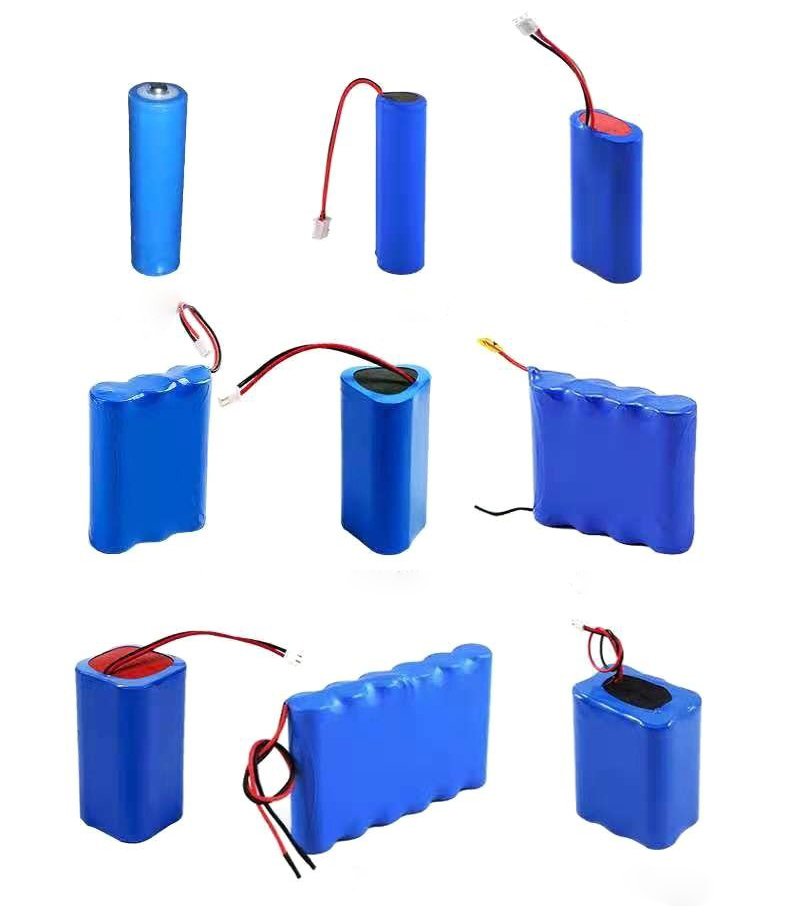Lithium battery shell design can be divided into: PVC heat seal, plastic, metal
PVC heat sealing: What kind of shell packaging form is used for the exterior of the battery pack mainly depends on the specific needs of the customer's products. For the packaging form using PVC heat sealing, it is generally suitable for a small number of battery cells connected in series, and the overall weight is relatively light. (≤2kg), it can be used. However, for a battery pack with an overall weight ≥ 1kg, it is necessary to add a fixed bracket between the cells, and add a glass fiber board to protect the periphery, and then use PVC heat sealing.
Plastic: Plastic casing is used, mainly because after different battery packs are finalized, the casing involved may need to be molded, and the mold cost is not a small expense. If the product is not finalized in the early stage of development, prototype casing can be used for proofing (prototype The strength is not as good as the material strength after the mold is opened), and the requirements for the material and process of the shell (especially with three-proof requirements) are different, which will also affect the cost.
Metal: The metal shell is the same as the plastic shell. Before the product is finalized or the quantity demand is not large, it is recommended to use sheet metal to make samples. This is mainly because the lead time for sample making is short. If the batch is large, it is also recommended to open the mold. The waterproof level requirements for metal shells will also greatly affect the cost, and the metal shells of special materials (such as titanium alloys, etc.) require higher costs.
Precautions for designing and manufacturing lithium battery pack shells:
1. Pole piece connection: It is recommended to use ultrasonic or spot welding welding method. The shell design of lithium iron phosphate battery should make the pole piece not subject to external force.
2. The soldering time should not exceed 3 seconds, and the number of times should not exceed 5 times. The next soldering can only be performed after the pole piece cools down.
3. It is strictly forbidden to directly heat the battery core, the temperature above 100 ℃ will damage the battery core.
4. Fixing of the lithium-ion battery: The side with the largest area of the battery should be fixed on the casing, and the battery should not be loose after installation.
5. Toughness of the casing: The casing of the lithium-ion battery pack should have sufficient mechanical strength to protect the battery from mechanical impact.
6. The temperature of welding ferrochrome must be controllable and anti-static, and the temperature cannot exceed 350°C.
The lithium-ion battery case is a protective case for protecting the battery cell and the internal circuit. The lithium-ion battery pack case is very important for the battery, so the design of the lithium-ion battery case is also extremely important for the battery. You must master the method when designing.
Post time: Jun-16-2023






